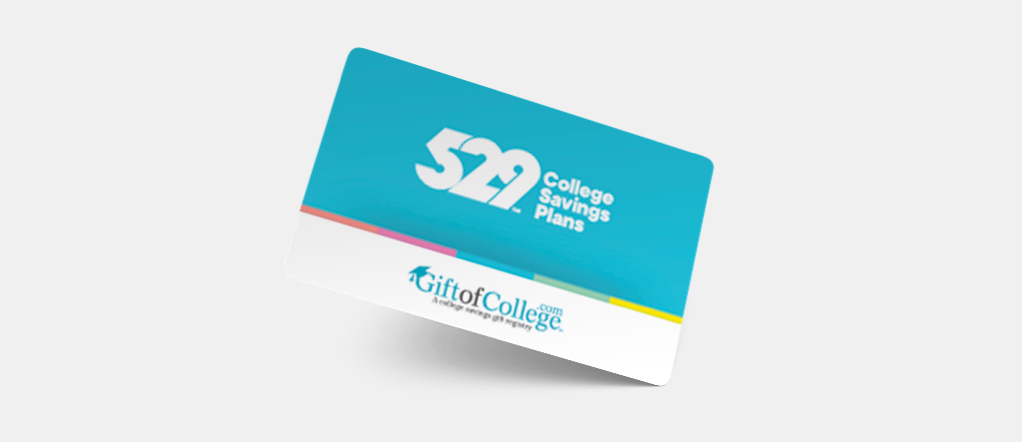404
Oops! This page appears to be missing or gone.


This holiday season, give the gift of prevention – a 529 college savings plan. Plus, enter for a chance to win one of four $500 gift cards that can be put in any 529 account.
This projection is based on the information you entered and assumes an annual rate of return on investment of five percent (5%) and no funds withdrawn from the initial age entered through age 18. Actual investment returns may be higher or lower than those shown. This example is for illustrative purposes only and should not be construed as financial, legal or tax advice. It does not reflect an actual investment in any particular 529 plan. Before investing in any state's 529 plan, you should consider whether your or the beneficiary’s home state offers any state tax or other state benefits such as financial aid, scholarship funds, and protection from creditors that are only available for investments in that state’s qualified tuition program. You should also consult your financial, tax, or other advisor to learn more about how state-based benefits (or any limitations) would apply to your specific circumstances.
Oops! This page appears to be missing or gone.